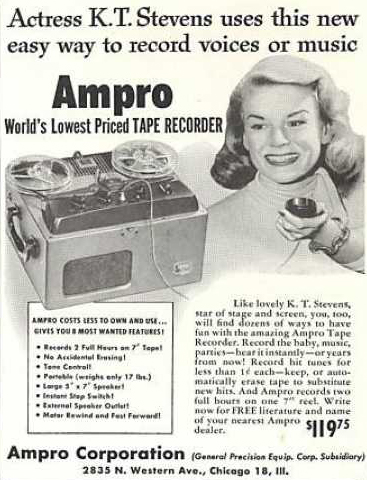Vintage Ampro 104 / Shure CR80A (and memories of Gary Primich)
‘Take a loooook up the rail track, from Miami to Canada.‘ With a song on his lips and a bounce in his step, Otis strode into the Surgery to deliver a letter from America. The Doc was plinking and filing away at a Crossover reed plate on his Sjoeberg 7.5 rig. He peered over his glasses and smiled. ‘Your vocal chords would benefit from a go on here, Otis old boy!’ Otis stopped dead. ‘Whaddya mean?‘ ‘Well, if you were a dressmaker,’ the Doc replied, ‘you’d be tucking up all the frills, instead of which, you’re just..’ ‘I have the voice of an angel‘ Otis interrupted. (more…)



